Human trafficking: the business of selling freedom

More stories from Coco Corey
Thousands of men, thousands of women, and thousands of children are taken year after year and coerced into the hands of those who exchange freedom for profit: this is the dire nature of human trafficking. Whether for labor or for sex, the business exists as a grave violation of the rights of humanity.
“Would you like a perfume sample?” says the man working the kiosk at the end of the mall. He’s just trying to be nice. Take the sample—smile. Smell the product he’s extended so generously.
That’s all it takes. The fragrance was laced with drugs, and the body was carried out to a misshapen trunk by two other guys. Their plan was concise and brief; nobody saw.
This could never actually happen to me.
Whether for labor or for sex, the business exists as a grave violation of the rights of humanity.
While most evil possibilities seem out of reach from our normal lives, human trafficking exists as the second most prevalent criminal activity in the world according to the Trafficking In Persons Report produced by the State Department. The vast majority of human trafficking crimes, however, do not start with the mall parking lot or the stereotypical dark alley.
A start to putting an end to human trafficking may simply be attempting to surround the crisis with less drama and more awareness. ABC reported that 4.15 million people tuned in to watch Big Sky, their newest show that depicts human trafficking. 4.15 million: almost the exact number of people that are actually sex trafficked globally each year as the ECPAT-USA reported the number at 4.8 million (ecaptusa.org). While the program reaches a huge audience, it does little to spread awareness. Its premise is romanticized—one prostitute and two suburban middle class caucasian girls being kidnapped by a trucker, which is far from what the overwhelming amount of these crimes actually depict.
Many of us will come face to face with people being trafficked or enslaved in our lifetime, and it is harder than we think to see the signs. Women at Risk, International (WAR, Intl.) is one Grand Rapids nonprofit involved in reducing Victims. “It’s rampant, and many don’t know,” said Rebecca McDonald, WAR, Intl’s Founder and President, of area trafficking. “The last five girls we rescued all went to Sunday school. One of their mothers hunted at churches, and got close to their nurseries and their families so she could babysit. She ended up selling both her daughter and their kids” (Human trafficking in Grand Rapids continues amid pandemic | The Rapidian, n.d.).
Our society views women, and more specifically mothers, as untouchable in the eyes of crimes like these. A mother would never hurt her child. Mother’s feel for the children of others; cross her off the suspect list.
“Oftentimes they’re blending in; they’re living right next to us. They’re working next to us; they go to school or church with us,” said Natalie Ivey, Executive Director of the Community Coalition Against Human Trafficking. (Here’s what human trafficking actually looks like and how to spot, stop it, n.d.). Traffickers are smart, they plan with precision, and they know how to appear inconspicuous. They know how to lure children; they observe, targeting people who show more social vulnerability. With heightened awareness, our untrained eyes may be able to help.
Polaris Project is an anti-trafficking organization that runs the National Human Trafficking Hotline. According to Polaris, people of color and the LGBTQ+ community are more likely to be trafficked. “Generational trauma, historic oppression, discrimination… societal factors and inequalities create community-wide vulnerabilities in this group and traffickers take advantage of it.” (Polaris Project.org)
Worldwide, right here in America, and even right in Grand Rapids, Michigan, sex/labor trafficking is on the rise. “Overall in our community, we’re not keeping track of trafficking victims,” said Rachel VerWys, Co-founder of Grand Rapids-based nonprofit Solutions to End Exploitation (SEE). “and often [the] victims don’t identify as such when they’re in the middle of the exploitation.” (therapidian.org) Traffickers coax and coerce their targets like prey, and nobody is exempt from this terrifying possibility. These people know what to look for; they know where to strike.
Why might human trafficking rates be increasing? Traffickers are far more likely to lure their victims online as it’s objectively easier, increasing their odds of getting away with it rather than running the risk of snatching their prey in a parking lot. “They pose as legitimate job recruiters or agents for modeling companies or employment agencies” (hstoday.org). “Many coerce victims from other countries to enter the U.S on a legal H-2 visa, which enables employers to bring immigrants into the country on a temporary basis to fill jobs” (Human Trafficking: A Crime Hard to Track Proves Harder to Fight, 2015).
These victims are told by the “employers” that they are working on the green card process, but meanwhile they are abused, threatened, beaten, raped, and starved. What makes it so difficult to identify these victims is that, not only do they not come forward, they are working jobs during the day that are legal by nature (such as agricultural jobs, service jobs, or janitorial work).
Leslie King, a sex trafficking survivor from the nonprofit Sacred Begininnings, interviewed 242 individuals in Grand Rapids that are engaged in the commercial sex trade; 89% of the individuals she’s interviewed reported being controlled by a trafficker, gang, or organized crime.” (Human trafficking in Grand Rapids continues amid pandemic | The Rapidian, n.d.).
COVID-19 may shut down massage parlors in Grand Rapids (often fronts for such activity), but that would have only made for a short-term decline in this crime that may have an upsurge down the road. Now more than ever, predators have the time to prey on lonely victims isolated because of the pandemic. On top of that, the Kent County Area Human Trafficking Coalition lost funds this year that were reallocated to purchase PPE.
As community members, we need to become more in tune and skeptical when spotting potential human trafficking situations. According to the Polaris Project, things to spot include a minor who avoids eye contact or social interaction, has scripted responses, lacks personal belongings, has poor physical health, does not go out in public alone, someone who seems too young to be working in a restaurant, or someone who seems to be working unusually long hours.
For example, let’s look at Jared from Subway—the type of man society views as average, typical, innocent. Jared Fogle went to IU and became the Subway spokesperson when he lost over 200 pounds by eating Subway. It would have been hard to spot him for the child sexual abuser that he was. America was drawn to him because of his “nice guy” facade and his weight loss story. He had a wife, two children, and a net worth of fifteen million dollars when he was arrested for traveling across the country to have sex with girls as young as fourteen years old in New York City hotels. This exemplifies another fact: 455 of child commercial sexual exploitation victims in New York City were exploited in hotels (Curtis et al., 2008).
The key to ending this silent epidemic might be training those in high risk industries for human trafficking like hotel workers, and those coming in contact with migrant workers. It might just be the average citizen being aware of the subtleties around them.
Human trafficking is complex. There is so much more to learn and so much false information construed. It isn’t always violent, it doesn’t always involve sex; knowing (and not romanticizing) the truth behind this crisis is the only way to prevent it.

Coco Corey is a senior entering her second year writing for The Central Trend. Coco plays on the tennis team, and she is also one of the four student section...









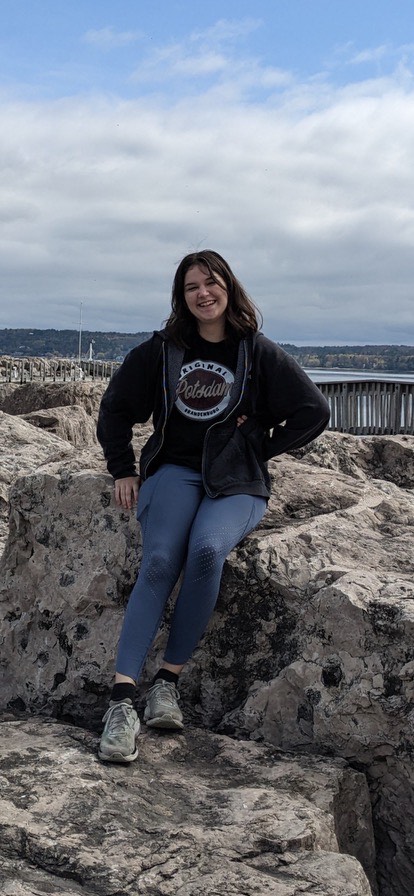




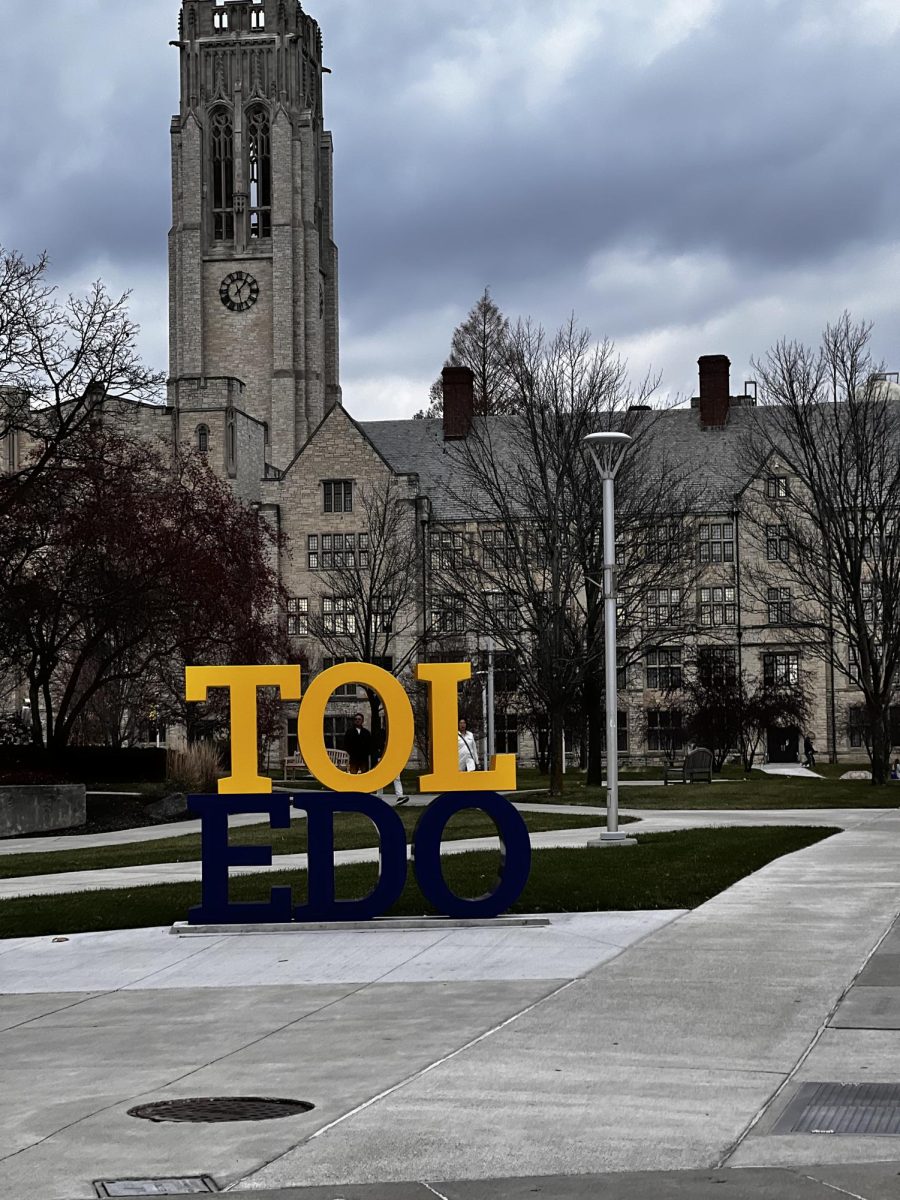
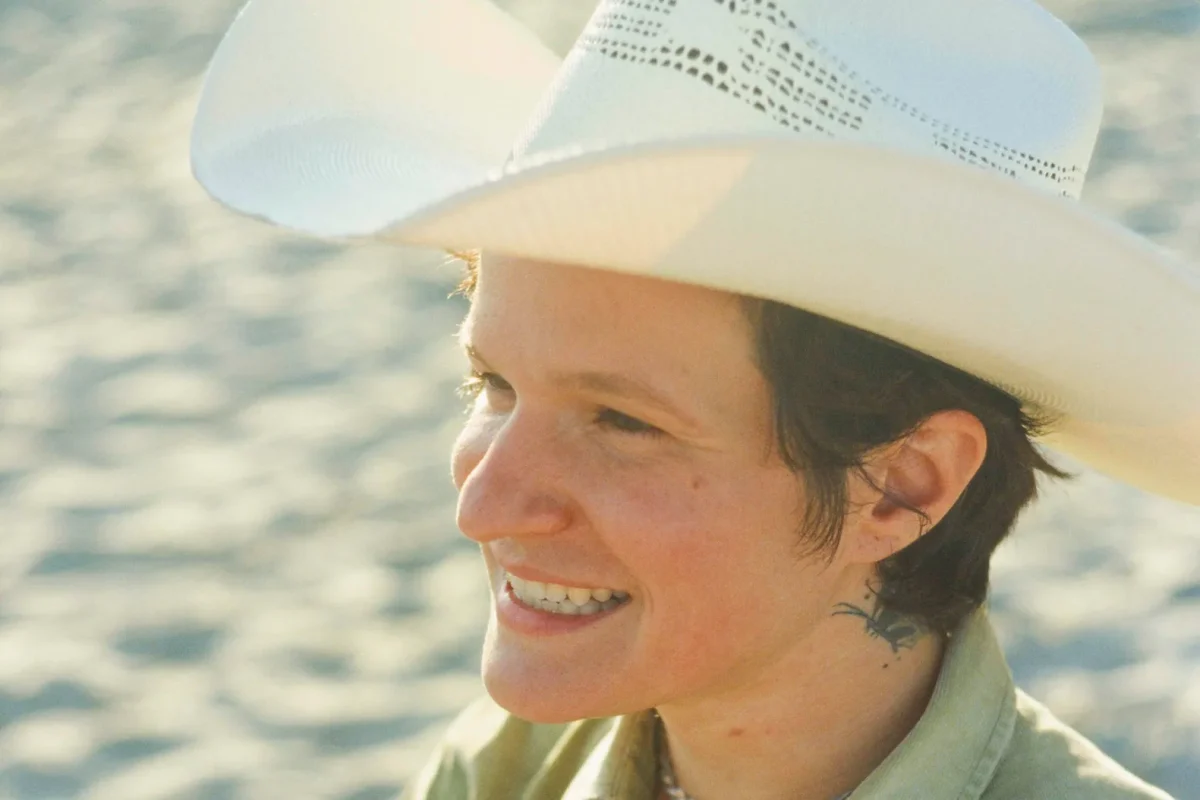
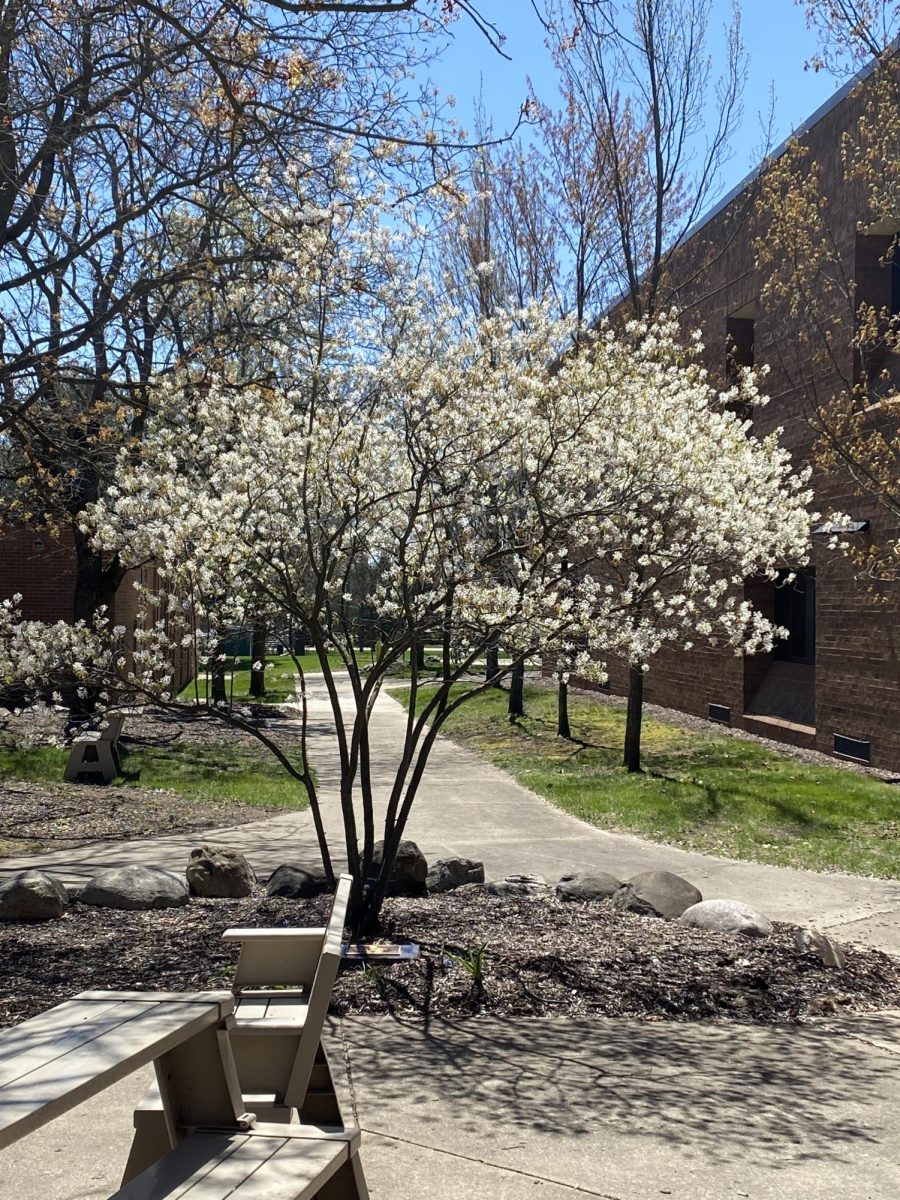
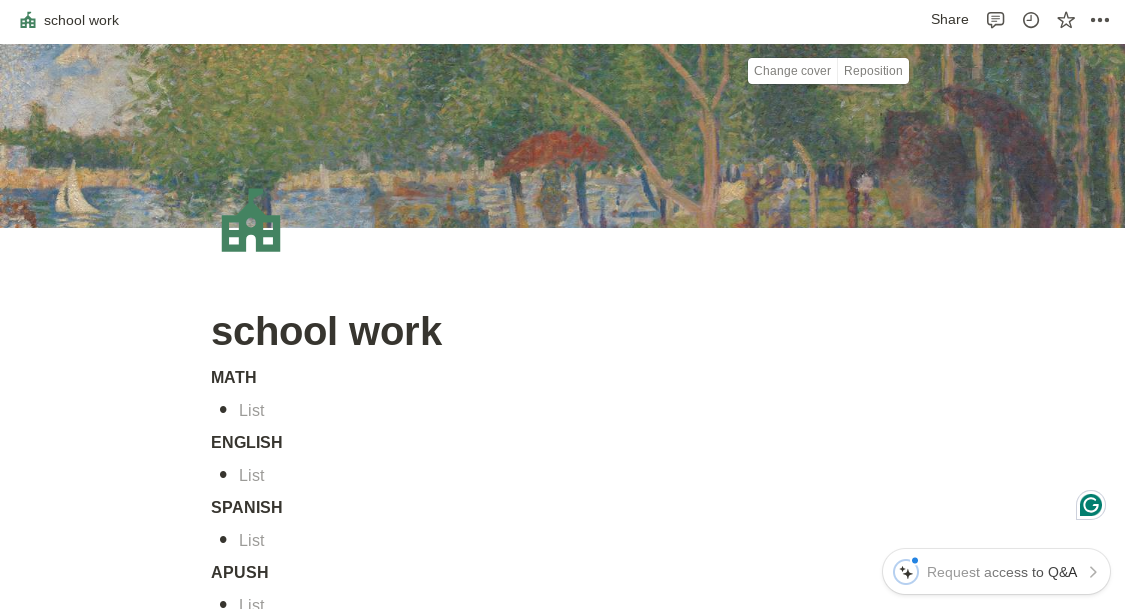
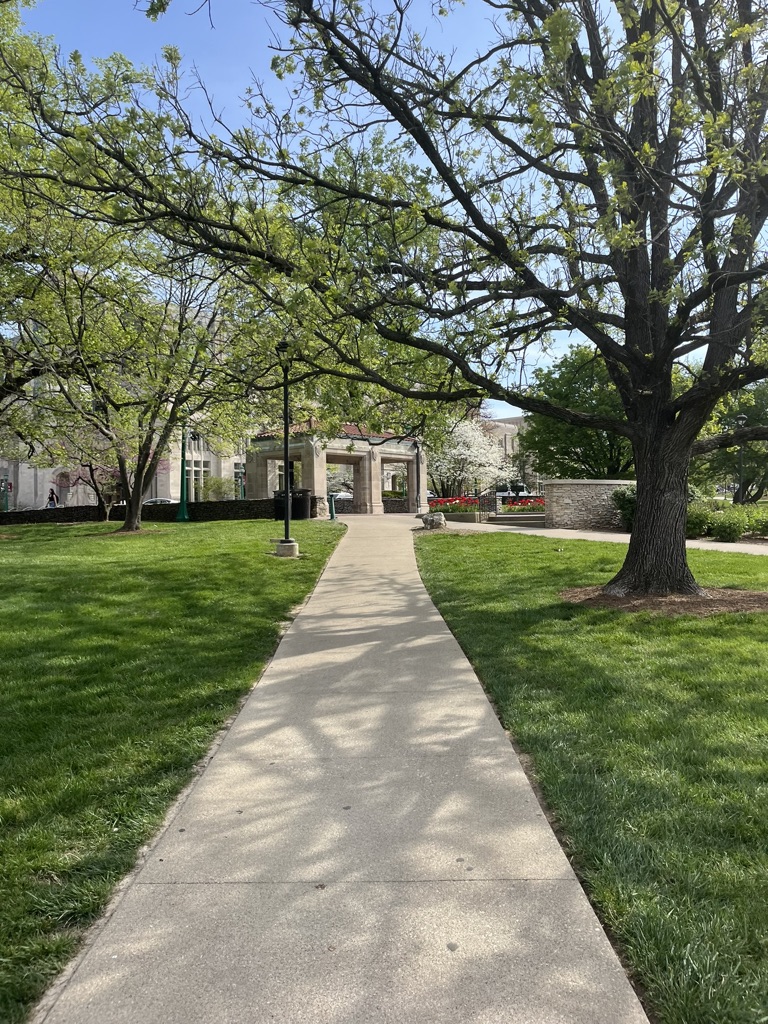
















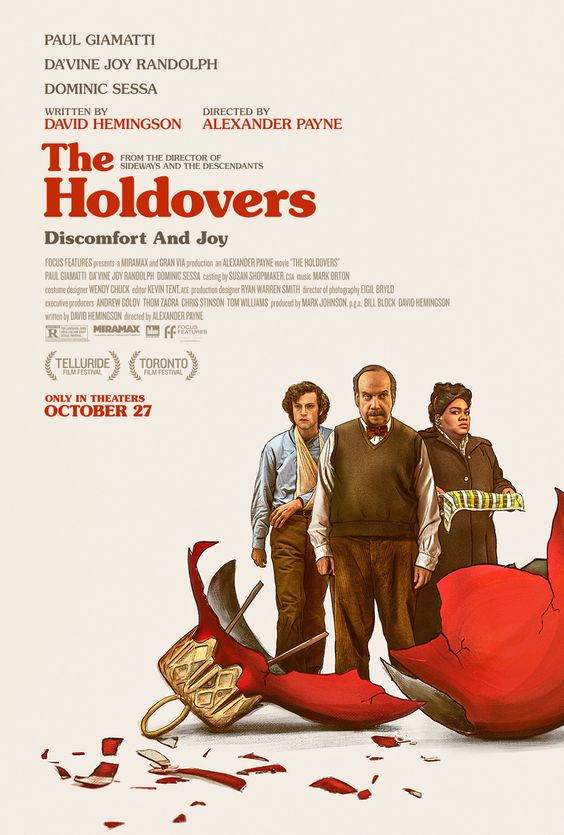

































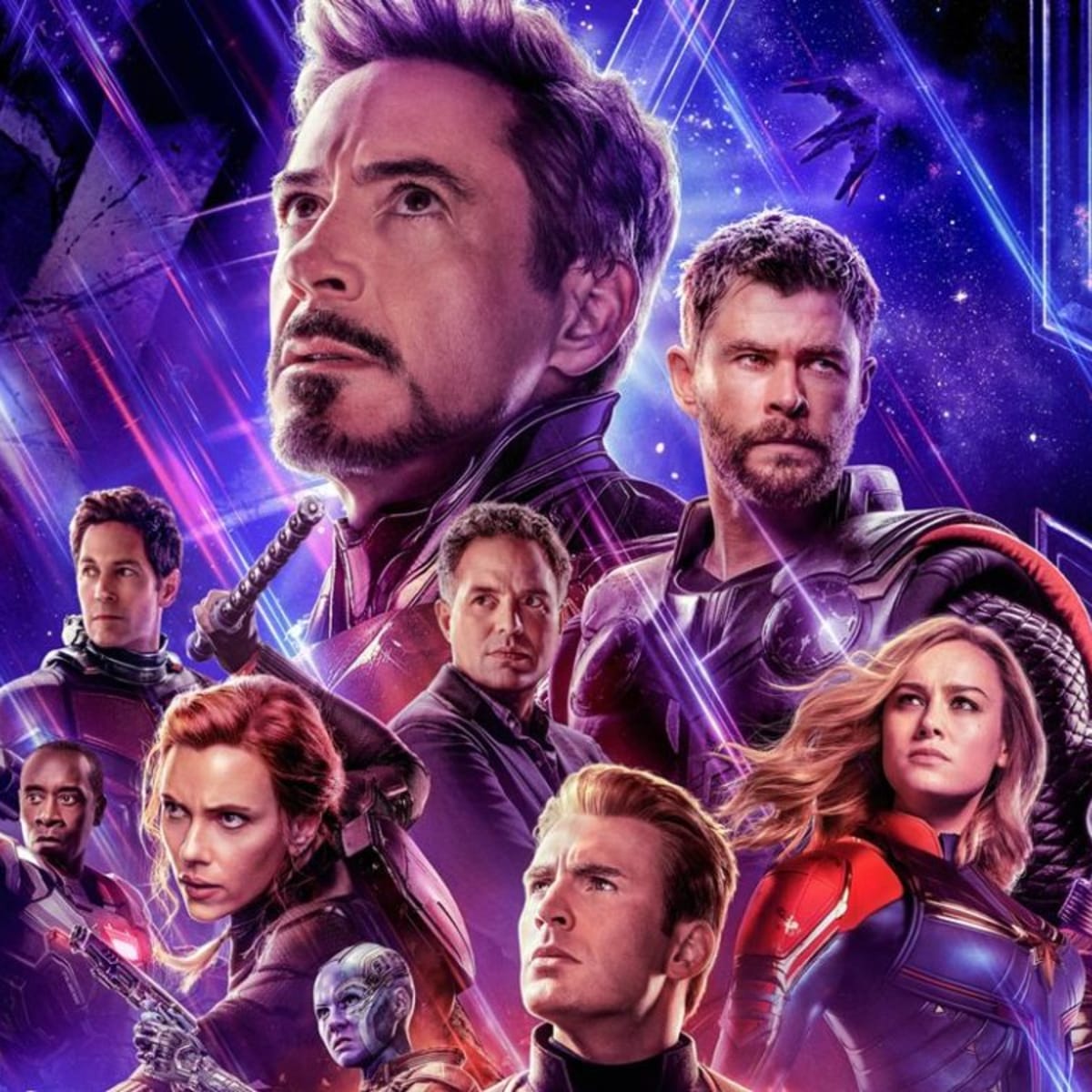
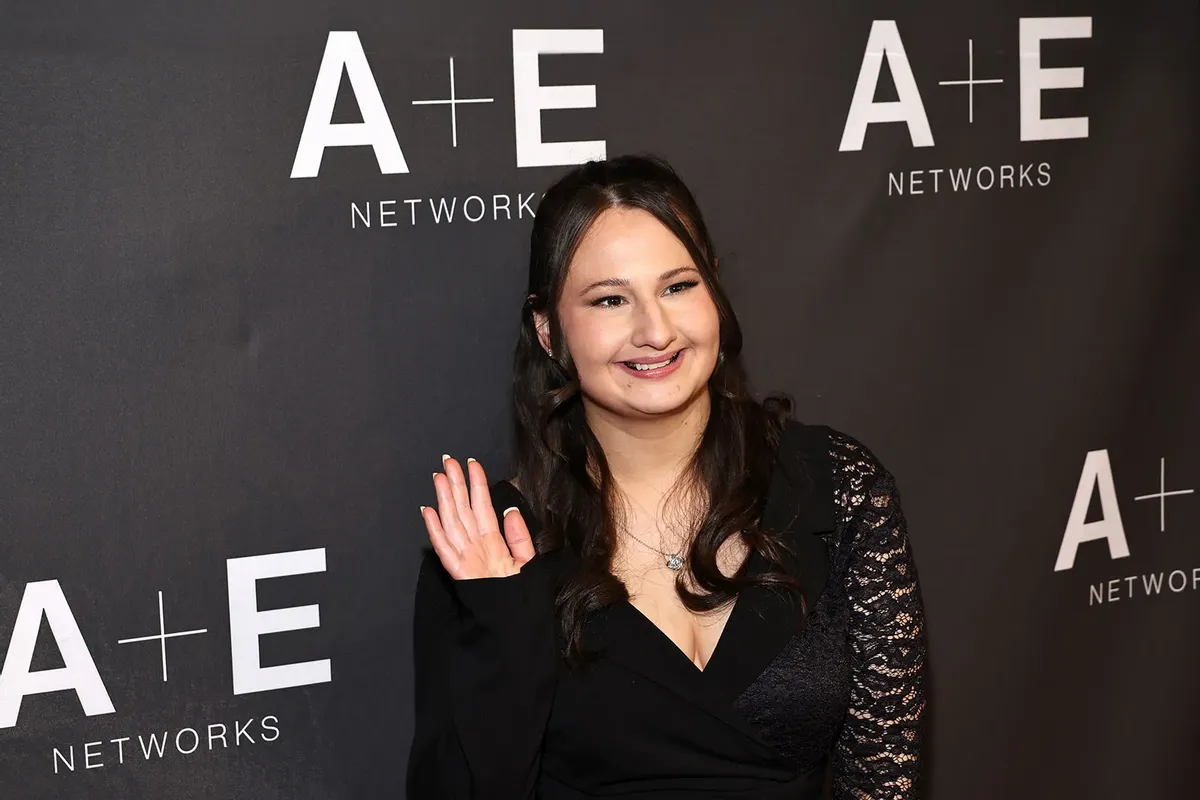

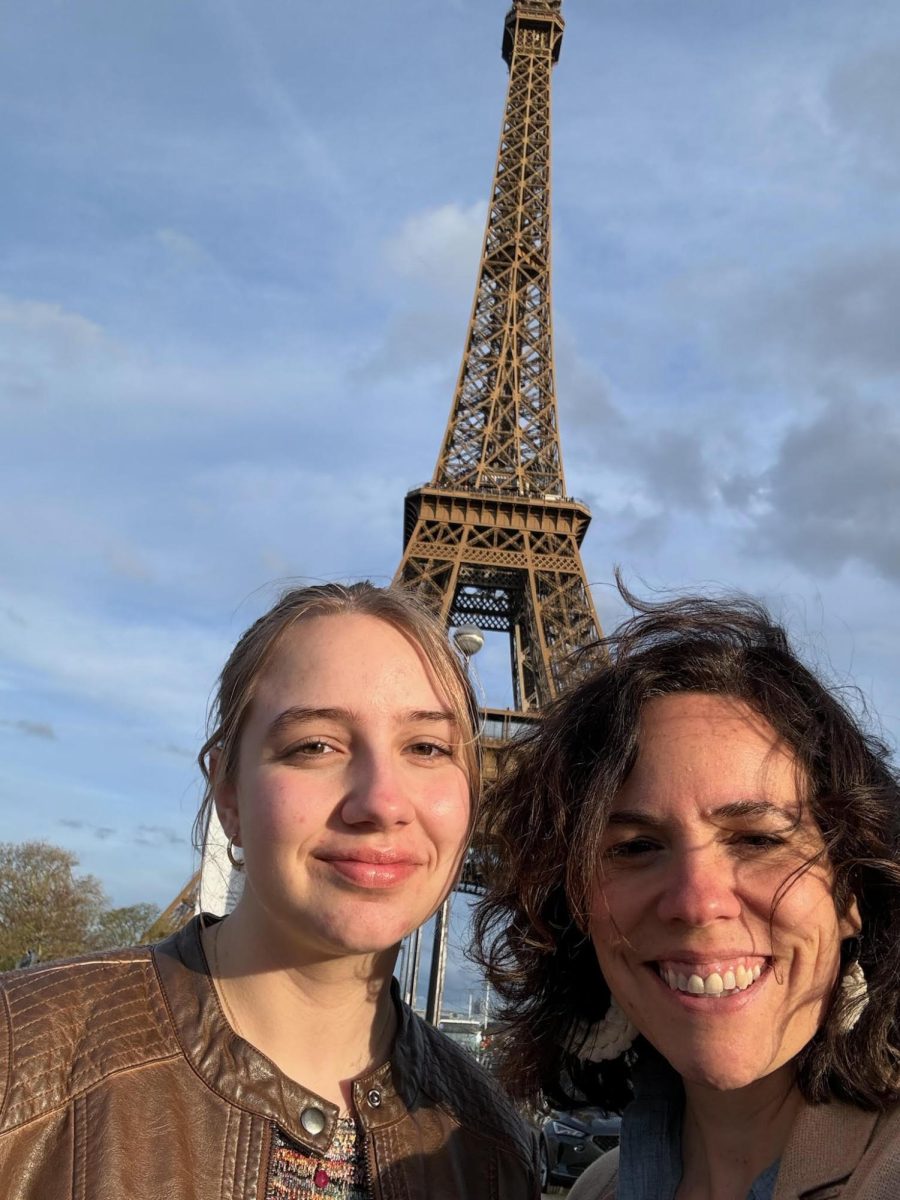
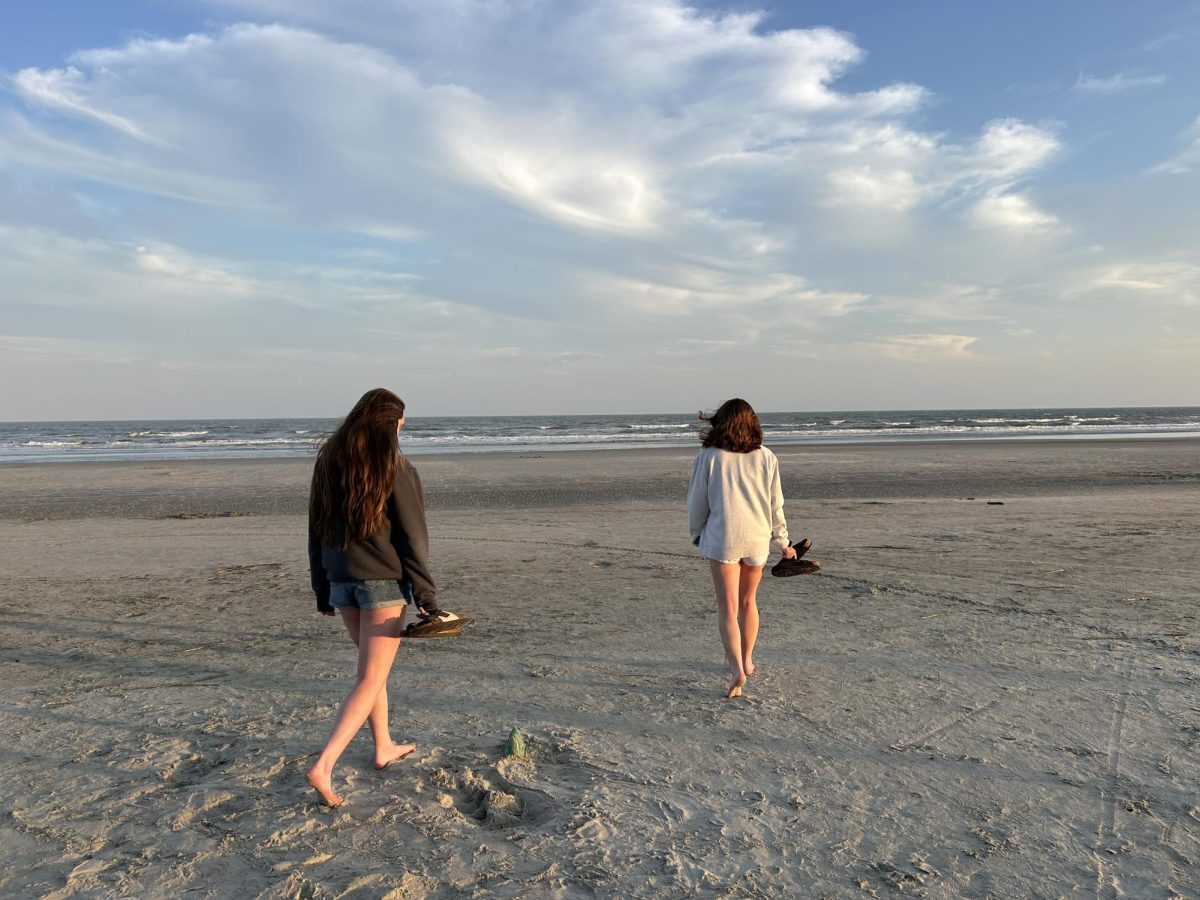

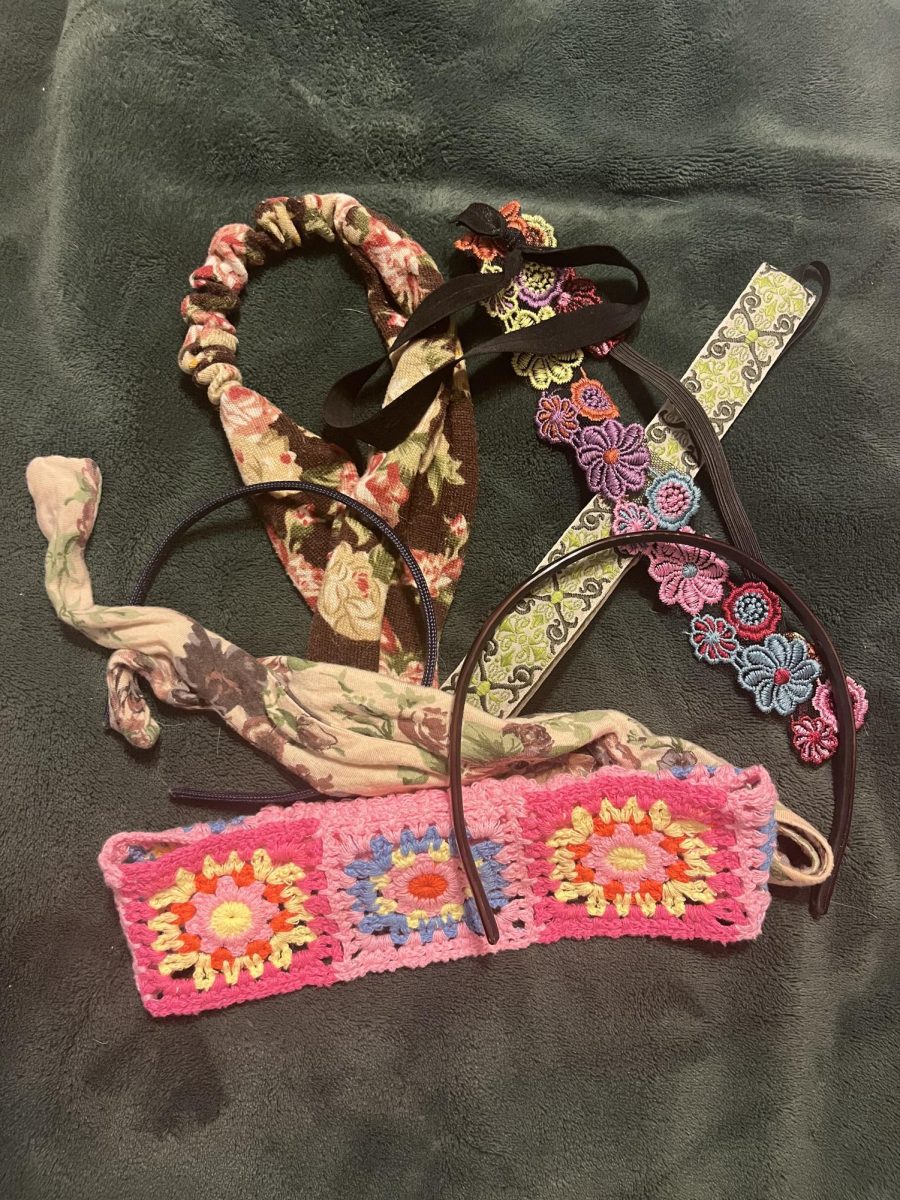
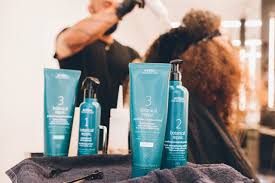




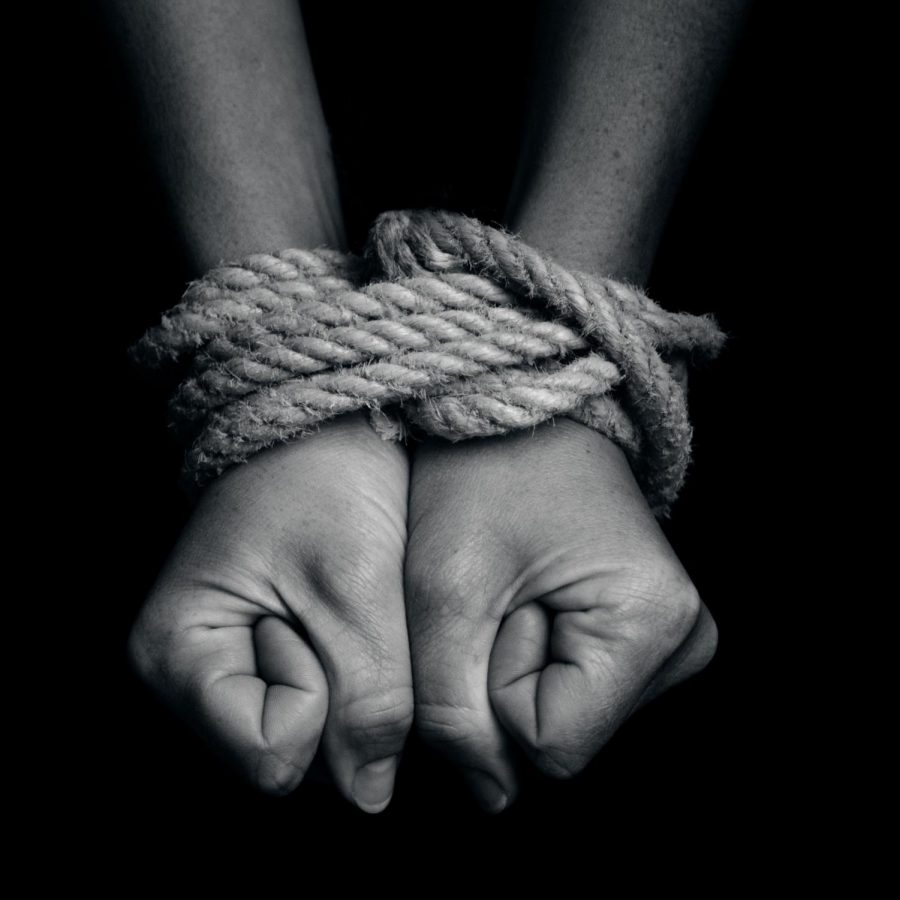
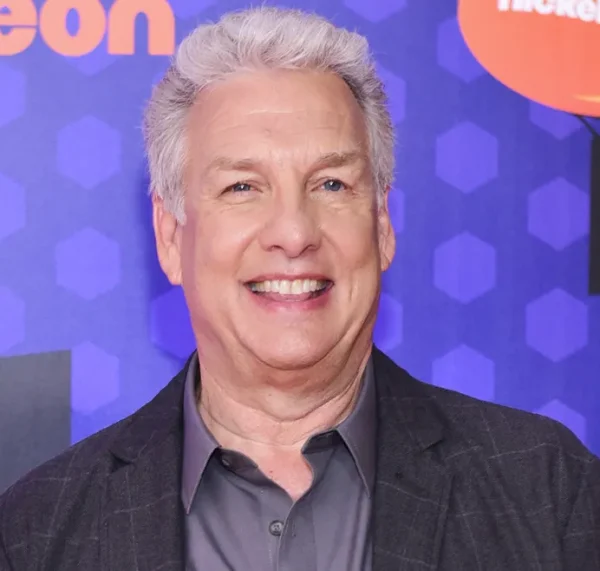
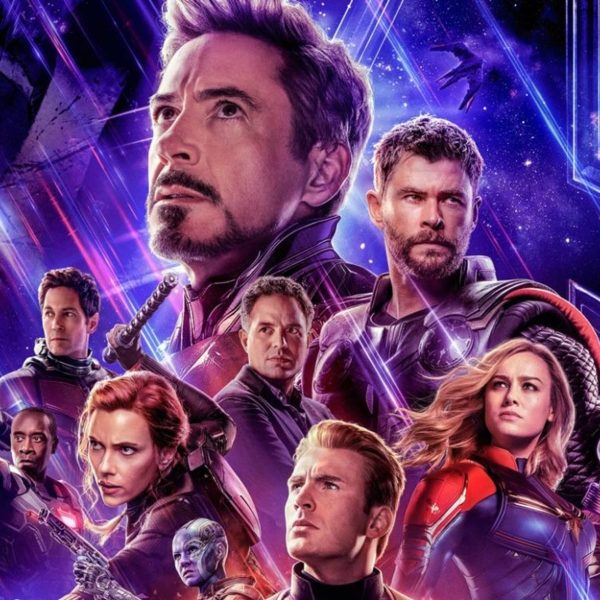
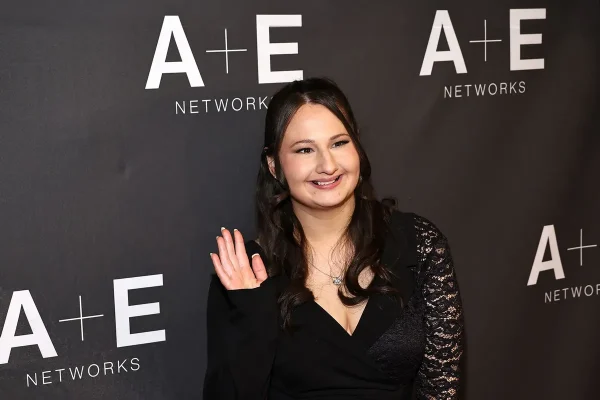

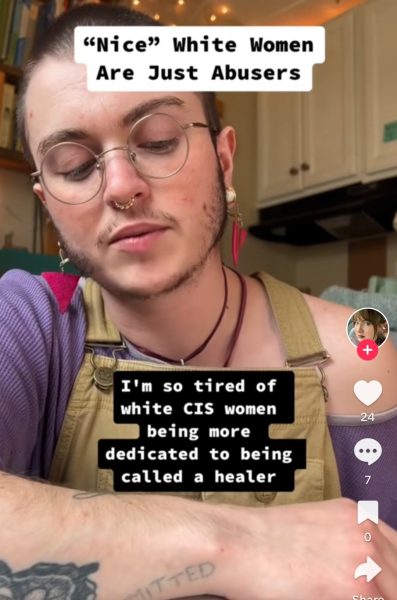

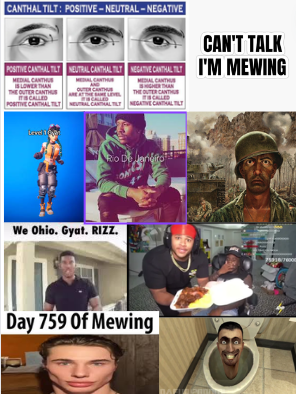

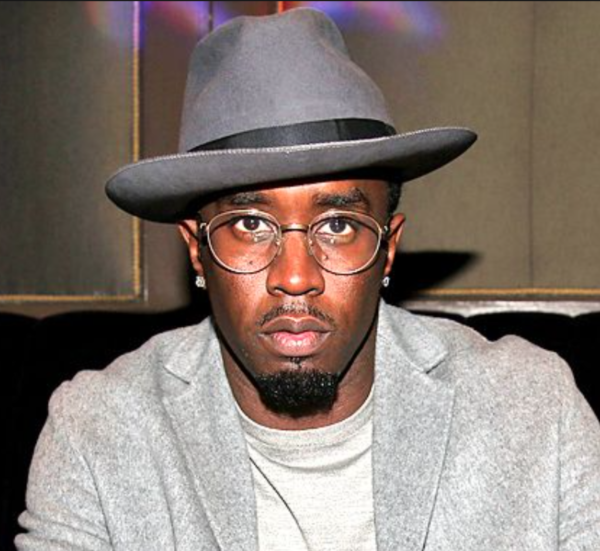
Sonja Bindus • Jan 22, 2021 at 9:10 pm
Thank you for this … much needed information regarding a horrible crime
Beth Dantuma • Jan 22, 2021 at 9:56 am
very informative article ; Well written and strategically researched- thank you for sharing information specific to Grand Rapids.
Real eye-opener – keep up the good work👏🏼
Sammy D • Jan 18, 2021 at 10:37 pm
Not surprisingly, this has been another informative article that was a pleasure to edit. Truly striking job, I believe the world needs more of you.